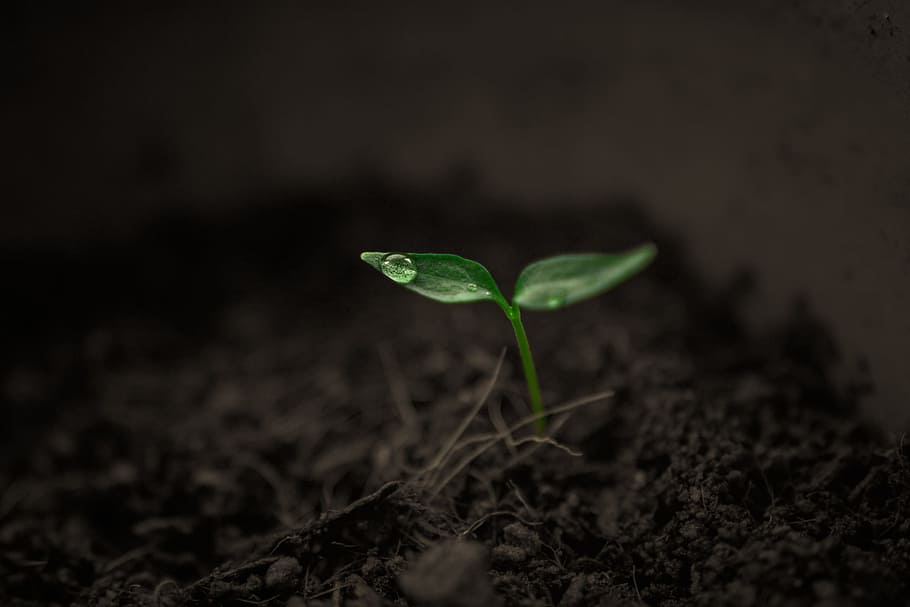Growing Peppers Indoors – Guidelines & Tips
If you’re looking to have some year-round, home-grown goodness, then growing peppers indoors is one of the most rewarding challenges you can take on. Peppers are easy to grow, come in a rainbow of colors, shapes, and sizes, and add a flavor punch to almost any meal. Although pepper-growing outdoors has its own rewards, indoor gardening allows you to enjoy fresh peppers from the comfort of your home all year round.
How to Grow Peppers Indoors
Choose the Right Variety
When choosing pepper plants for growing indoors, you’ll want to prioritize shorter-maturing varieties. These take between 3 to 5 months to reach maturity, which is great news for indoor farmers with regular window access. Examples of shorter maturing pepper varieties include: Anaheim, Banana, Jalapeno, Poblano, Serrano, and Sweet Bell.
Select the Right Container
When it comes to growing peppers indoors, using a large pot with the correct drainage holes is essential. For a single pepper plant, use a pot with a diameter of 8 – 12 inches, and a depth of 10-16 inches. Make sure to pick one with drainage holes and with soil that fits your plant’s needs.
Light & Temperature Requirements
Your pepper plants will need 6 or more hours of direct sunlight. That means putting them, preferably in a south-facing window. For best results, keep temperatures between 75-85°F during the day and above 60°F at night. Remember to adjust according to your climate and try to keep temperatures fairly consistent.
Maintain the Right pH & Fertilizing
A neutral soil pH is ideal for peppers. Aim for 6.5-7.0. If your soil is more acidic, use lime to increase the pH. As for fertilizing, it’s recommended to start with a balanced 1:1:1 organic fertilizer of nitrogen, phosphorous and potassium. Provide regular fertilizing when the young plants begin to flower.
Water & Humidity Needs
For peppers grown indoors, water frequently enough that the soil doesn’t dry out. A good rule of thumb is to water when the top 2-inches of soil are completely dry. Also, be sure to watch for signs of over-watering as this can lead to root rot. With frequent care, you can ensure that your pepper plants have enough humidity to stay hydrated and thrive indoors.
Tips for Growing Peppers Indoors
Provide Proper Air Circulation
For pepper plants to stay healthy, it’s important to promote plenty of air circulation indoors. This will help to reduce the risk of pests and diseases, as well as help with pollination. If possible, create a makeshift grow tent by hanging a sheet of plastic or mesh around your plants to ensure they get the fresh air they need.
Show Some Extra Love
It’s no secret that peppers need and enjoy the love you give them. Prune your plants for best results as this will help generate a greater number of peppers. Pruning older leaves encourages new leaf growth and a more plentiful pepper yield.
If You Reap, You Can Sew
Organic pepper seedlings should be started indoors about 6-8 weeks before the last frost. Soaking them in water for 24-hours before sowing helps soften the seed coat and hastens germination. Once your seedlings have grown to 2 inches, they can be transplanted into the larger pots.
Overall, growing peppers indoors is no easy task. However, with some time, patience, and attention, you can reap the rewards: a healthy pepper crop that can easily spice up your meals all year round.



